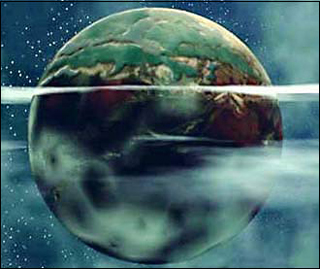Course Description
This course covers examination of the state of knowledge of planetary formation, beginning with planetary nebulas and continuing through accretion (from gas, to dust, to planetesimals, to planetary embryos, to planets). It also includes processes of planetary differentiation, crust formation, atmospheric degassing, and …
This course covers examination of the state of knowledge of planetary formation, beginning with planetary nebulas and continuing through accretion (from gas, to dust, to planetesimals, to planetary embryos, to planets). It also includes processes of planetary differentiation, crust formation, atmospheric degassing, and surface water condensation. This course has integrated discussions of compositional and physical processes, based upon observations from our solar system and from exoplanets. Focus on terrestrial (rocky and metallic) planets, though more volatile-rich bodies are also examined.
Course Info
Instructor
Departments
Learning Resource Types
assignment
Written Assignments

Artist’s concept of Earth-like planet. (Image courtesy of NASA.)








